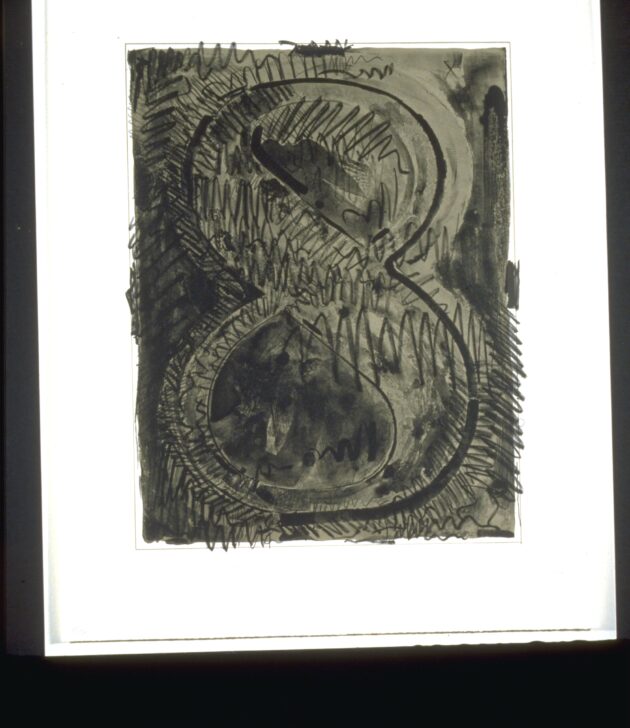Figure 8 – from the series, ‘Black and White Numerals; Figures from 0 to 9’
Jasper Johns

Description
Jasper Johns
American, born 1930
Figure 8 from the series Black and White Numerals; Figures from 0 to 9
1968
lithograph
1975/1.52
Jasper Johns, a native of South Carolina, settled in New York briefly in 1949 and, following his army service in Japan, permanently three years later. Through fellow artist and neighbor Robert Rauschenberg, Johns met art dealer Leo Castelli, who gave him his first one-man exhibition of paintings in 1958. It was this show of his now iconic images of flags, targets, and maps that brought him immediate exposure and helped to redefine the relationship among artist, subject, and viewer. By using everyday images as subjects, Johns redirected the viewer’s focus from compositions rich in emotional context but lacking identifiable subjects to more concrete images that allow the viewer to focus on the artist’s process and technique. Johns was already a prolific painter and sculptor when he discovered printmaking in the early 1960s, and thereafter he dedicated himself almost exclusively to that medium. In partnerships with the print studio Universal Limited Art Editions (ULAE) in Islip, Long Island and later with the renowned Gemini G.E.L. lithography workshop in Los Angeles, Johns found a new voice in a medium that allowed him greater freedom to experiment working in multiples — a technique that would become a signature style.
In Figure 8 we see the results of the artist’s first partnership with Gemini G.E.L. in the spring of 1968. This series was large scale, unlike his earlier printed works with ULAE, which allowed him a greater freedom, apparent in the sweeping, calligraphic hand that jumps across the figure 8 and beyond the picture plane. Though part of a series of numbers, every print is treated as an isolated subject, and the artist’s handling is unique to each. Johns’s elevation of the commonplace was a true break with the rigid emphasis on non-figuration of many Abstract Expressionists, and it paved the way for the emergence of Pop artists such as Claes Oldenburg, Roy Lichtenstein, and James Rosenquist.
Katie Weiss, Research Assistant, on the occasion of the exhibition The New York School: Abstract Expressionism and Beyond and Beyond, July 20, 2002 – January 19, 2003
Usage Rights:
If you are interested in using an image for a publication, please visit https://umma.umich.edu/request-image/ for more information and to fill out the online Image Rights and Reproductions Request Form.